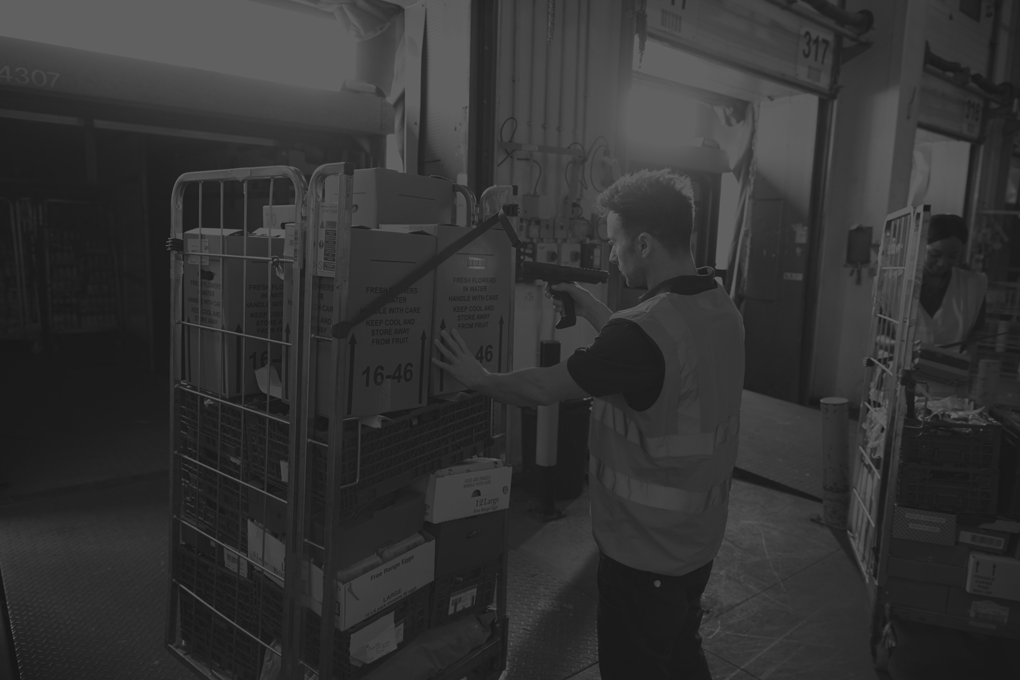The Ultimate Guide to Order Fulfillment.

Order fulfillment is crucial for your business’s success. Processing orders efficiently and delivering them on time is key to keeping customers happy and encouraging repeat business. This guide will explore the details of order fulfillment, offering useful insights and strategies for eCommerce entrepreneurs and business owners.
Understanding Order Fulfillment

Order fulfillment involves receiving, processing, and delivering orders to customers. It includes steps like order processing and returns handling, requiring a well-coordinated supply chain and efficient management systems.
1. Order Processing
Order processing kicks off the order fulfillment process. It involves receiving and checking customer orders, making sure products are in stock, and getting them ready for shipment. Efficient order processing is crucial to avoid delays and ensure orders are accurate.
2. Products You Sell
The products you sell can greatly affect your order fulfillment process. For example, perishable goods need special storage and handling, while large or heavy items may require specific shipping methods. Knowing your products’ unique needs is essential for an effective fulfillment strategy.
3. Supply Chain Management
A well-managed supply chain is key to efficient order fulfillment. This includes sourcing raw materials, managing suppliers, and ensuring products are made and delivered to your warehouse on time. A strong supply chain helps avoid stockouts and ensures you meet customer demand consistently.
4. Customer Service
Great customer service is key to successful order fulfillment. This means clearly communicating order status, quickly addressing customer inquiries, and efficiently handling any issues or complaints. A positive customer experience can lead to more satisfaction and repeat business.
5. Management System
A solid order management system (OMS) is crucial for streamlining fulfillment. An OMS tracks orders from receipt to delivery, manages inventory, and automates tasks like order picking and packing. This boosts efficiency and reduces errors.

6. Returns Processing
Efficiently handling returns is a vital part of order fulfillment. A clear returns policy and an efficient processing system can minimize the impact of returns. This includes inspecting returned products, restocking them, and promptly issuing refunds or exchanges.
7. Order Picking
Order picking involves selecting the products needed for an order from your inventory. Using efficient methods like batch picking or zone picking can save time and effort. Investing in technology such as barcode scanners or pick-to-light systems can also boost accuracy and efficiency.
8. Customer Base
Understanding your customer base is crucial for an effective order fulfillment strategy. This means analyzing customer preferences, buying habits, and geographic locations. Tailoring your fulfillment process to your customers’ needs can improve satisfaction and loyalty.
9. Order Volume
Your order volume affects your fulfillment process. High order volumes may require more resources, such as extra staff or larger warehouse space, to ensure timely order fulfillment. Scaling your operations to match your order volume is key to maintaining efficiency and customer satisfaction.
10. In-House Fulfillment vs. Outsourcing
Choosing whether to handle order fulfillment in-house or outsource it to a third-party logistics (3PL) provider is crucial for eCommerce businesses. In-house fulfillment gives you more control but requires significant investment in infrastructure and resources. Outsourcing to a 3PL can reduce costs and free up time to focus on other parts of your business.

11. Delivering Orders On Time
Timely delivery is key to customer satisfaction. To ensure orders are shipped and delivered on time, you need efficient order processing, reliable shipping partners, and good communication with customers. Monitoring delivery performance and promptly addressing any issues help maintain high customer satisfaction.
12. Order Fulfillment Options
eCommerce businesses have several order fulfillment options: direct shipping from suppliers, drop shipping, and using fulfillment centers. Each has its pros and cons, and the best choice depends on your product type, order volume, and customer expectations.
13. Steps in the Order Fulfillment Process
The typical order fulfillment process involves these steps:
- Order Receiving: Receiving and verifying customer orders.
- Order Processing: Confirming product availability and preparing orders for shipment.
- Order Picking: Selecting products from inventory.
- Order Packing: Securely packaging products for shipment.
- Shipping: Sending orders using reliable shipping methods.
- Delivery: Ensuring orders are delivered on time.
- Returns Processing: Efficiently handling returns or exchanges.
14. Order Fulfillment Strategy
Creating a strong order fulfillment strategy is crucial for meeting customer demand consistently and efficiently. This involves optimizing your supply chain, investing in technology, and continuously monitoring and improving your fulfillment processes.
15. Why Order Fulfillment is Important
Order fulfillment is a key part of eCommerce operations, directly affecting customer satisfaction and loyalty. Efficient order fulfillment ensures that orders are delivered accurately and on time, leading to happier customers and repeat business.
16. Inventory Management
Good inventory management prevents stockouts and ensures you can consistently meet customer demand. This means keeping accurate inventory records, forecasting demand, and using inventory control systems like just-in-time (JIT) or safety stock.
17. Real-Time Tracking
Real-time tracking of orders and inventory is essential for a smooth fulfillment process. Using technology like a RFID, GPS, or a cloud-based WMS can provide real-time visibility into your operations, allowing you to quickly address any issues.
18. Third-Party Logistics (3PL)
Outsourcing fulfillment to a third-party logistics (3PL) provider can offer benefits such as reduced costs, increased scalability, and access to specialized expertise. However, it’s important to select a reliable 3PL partner that aligns with your business goals and delivers the level of service your customers expect.
19. Enhancing the Customer Experience
A seamless order fulfillment process is key to a positive customer experience. This includes clear communication about order status, timely delivery, and efficient handling of returns. Investing in technology and continuously improving your fulfillment processes can enhance the overall customer experience.
Conclusion.
Order fulfillment is a vital part of eCommerce that directly impacts customer satisfaction and business success. By understanding the key components of the fulfillment process and implementing effective strategies, eCommerce entrepreneurs and small business owners can ensure orders are processed efficiently and delivered on time. Whether you handle fulfillment in-house or outsource to a 3PL provider, investing in technology and continuously optimizing your processes is essential for maintaining high customer satisfaction and driving business growth.
Frequently Asked Questions.
Order fulfillment refers to the complete process from receiving customer orders to delivering them. This involves several steps including order processing, picking, packing, shipping, and handling returns.
Improving your order fulfillment process can be achieved by optimizing inventory management, integrating advanced technology for real-time tracking, selecting efficient shipping partners, and constantly analyzing and refining your fulfillment strategies.
Higher order volumes typically require more resources, such as additional staff and larger storage spaces. Efficiently scaling your operations, either through technological investments or by outsourcing, is essential to handle increased demand without compromising on service quality.
Technology plays a crucial role in streamlining the order fulfillment process. Solutions like barcode scanners, RFID tags, warehouse management systems, and automated packing and sorting solutions can significantly increase efficiency and accuracy.